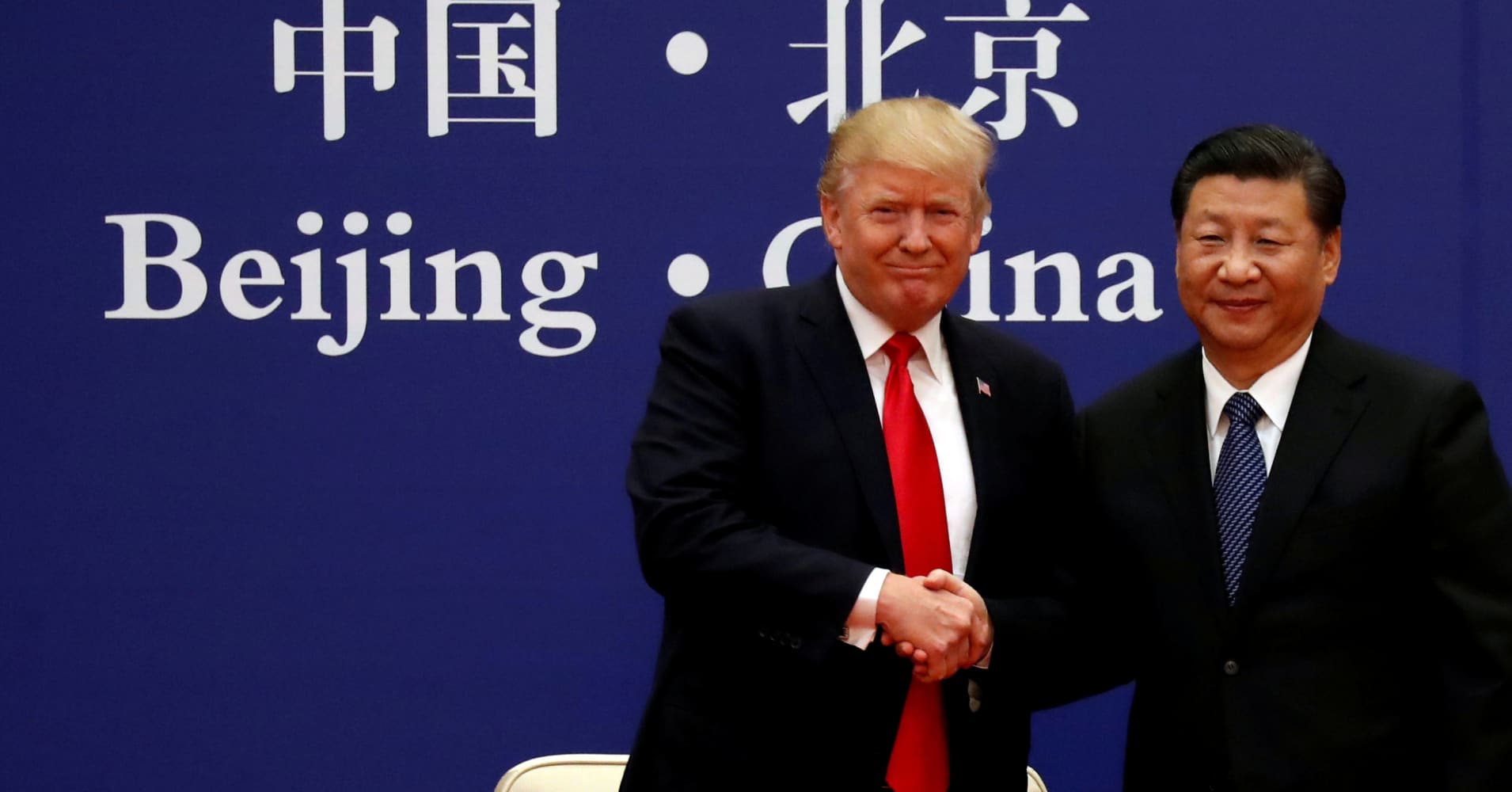
Whatever your take on the Trump administration’s economic agenda, we should all agree on one thing: contrary to President Trump’s assertion, trade wars are neither good nor easy to win.
What started with the administration slapping tariffs on imported solar panels and washing machines eventually devolved into Trump levying steel tariffs on national security grounds. It culminated in the U.S-China trade conflict that has rattled global markets.
Investors now face highly volatile and unpredictable equity markets that add and shed 2-plus percent of value with regularity. Businesses are forced to navigate an array of new challenges, whether it is manufacturers experiencing supply chain disruptions, or farmers and agribusinesses losing access to the large Chinese export market. American consumers are bearing the higher costs associated with retaliatory tariffs, while Chinese consumers are turning away from purchasing U.S. products.
As for the global economy, the International Monetary Fund lowered its global growth projections for 2019, specifically citing U.S.-China trade tensions.
With American and Chinese officials preparing for the next round of trade negotiations in Washington, and with a March deadline approaching, we must acknowledge that a perfect deal is simply not on the table. Every modern American presidency has harbored the hope that the U.S.-China commercial relationship can be transformed. That hope has not been realized because of two simple facts:
- Despite Chinese claims to the contrary, they have not developed into a market economy, notably since joining the World Trade Organization in 2001.
- Neither the U.S. nor China has enough leverage over the other to outright dictate the terms of any deal.
This creates a fundamental reality: the U.S.-China commercial relationship will continue to be one of managed struggle, which will be defined by the constant navigating of persistent challenges and mitigating the occasional crisis. At best, we can expect for the foreseeable future a commercial relationship that may be functional but will be far from optimal.
But that doesn’t mean that U.S. and Chinese negotiators can’t leverage the art of the possible and reach a deal to avert an all-out trade war, bring confidence back to global markets and better integrate China into the global rules-based order.
To get there, the U.S. should end its fixation with our bilateral trade balance. As almost all economists agree, our trade deficit with China bears little relevance to our actual trade disputes. Besides, as Trump is learning with the stock market, hanging success on a single metric beyond your control can cut both ways. And while the U.S. should always advocate for our interests, we will not be successful in pressuring China to fundamentally change its economic model any more than they would be successful in changing ours.
This means accepting, for the foreseeable future, a scenario in which China will not abandon its support of state-owned enterprises as a core element of Communist Party rule. For its part, likewise, China needs to acknowledge there is a price to pay to participate in the global rules-based order, the very platform that has driven its meteoric economic rise. That price is now past due in the form of committing to real market liberalization measures:
- addressing tariff and non-tariff trade barriers
- ending the Chinese practice of forced technology transfer
- reducing over capacity of state-owned enterprises, notably in steel
- adequately protecting intellectual property.
But U.S. negotiators should never forget that a merely functioning relationship between the world’s two largest economies produces astounding benefits. U.S. exports to China support more than 900,000 American jobs based on 2015 Department of Commerce data, and China remains our largest export market that is neither a border country, nor a trade agreement partner. China is also our leading source of capital goods, which is a critical driver of U.S. output and economic growth.
As for China, given its slowing economy and persistent concerns of rising consumer debt as a drag on growth, it needs the U.S. to meet its long-term goal of a growing, sustainable economy. China also needs America’s help in reaching the immediate goal of avoiding the middle-income trap, which would keep the Chinese economy from reaching fully developed status.
Our consumers drive their industries, our innovative inputs optimize Chinese products, our direct investment supports Chinese companies, and our goods and services spur Chinese consumer demand. In my experience negotiating with the Chinese, I believe they fully understand this, which is why they may be more primed for a deal than in any time in recent memory.
President Trump is rightly focused on the critical challenges of the U.S.-China commercial relationship. But successfully closing complex deals requires an honest assessment of what is actually achievable. Armed with this assessment, U.S. and Chinese negotiators should do what successful dealmakers do — drop the provocative rhetoric, adopt realistic negotiating goals, create a win-win outcome for both parties, and close the deal.
Stefan M. Selig served as President Obama’s Under Secretary of Commerce for International Trade at the U.S. Department of Commerce from 2014-2016. In 2017, he founded financial and strategic advisory firm BridgePark Advisors LLC. Previously, Selig spent nearly 30 years in senior investment banking positions on Wall Street, including 15 years at Bank of America Merrill Lynch, most recently as executive vice chairman of global corporate & investment banking.
Be the first to comment